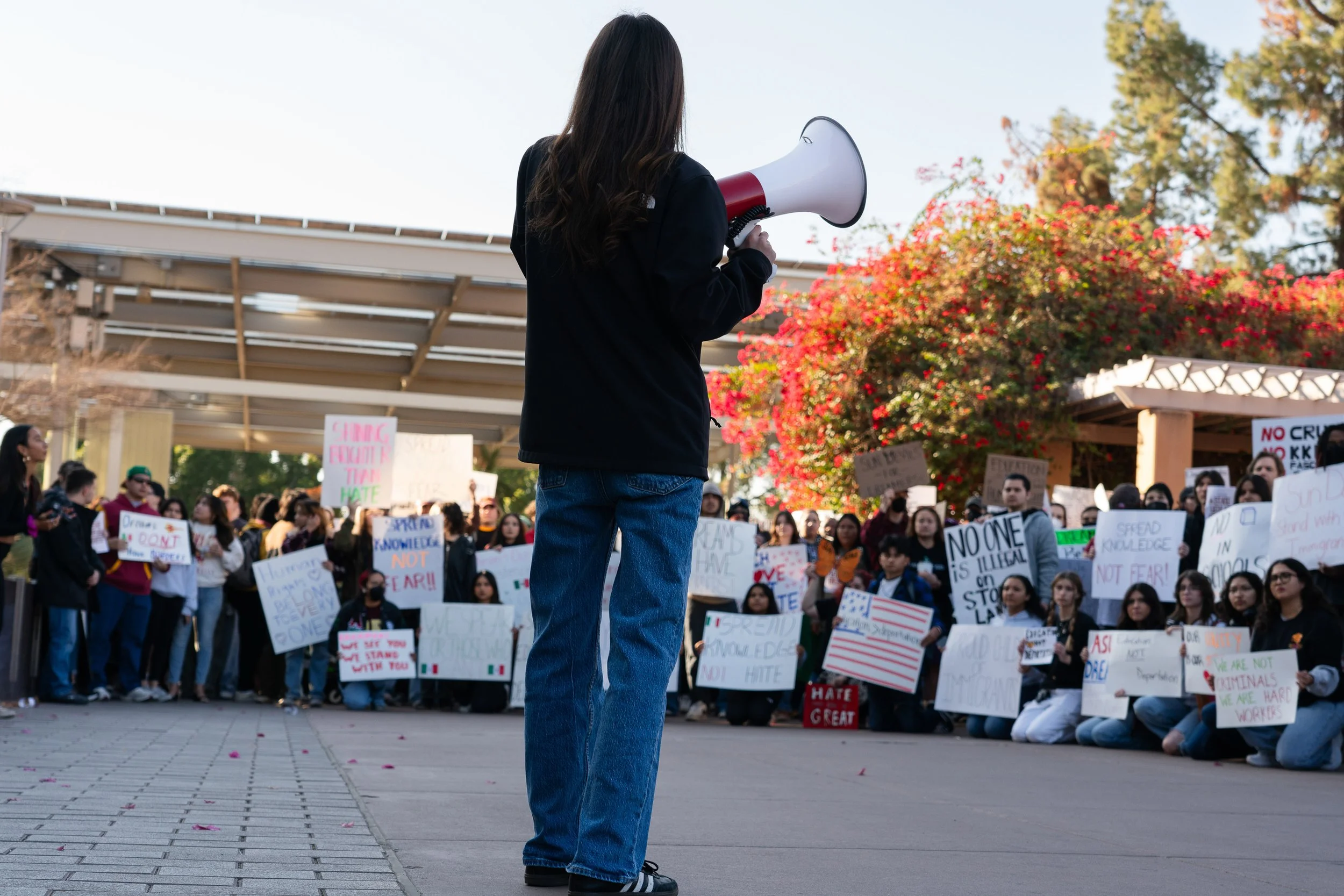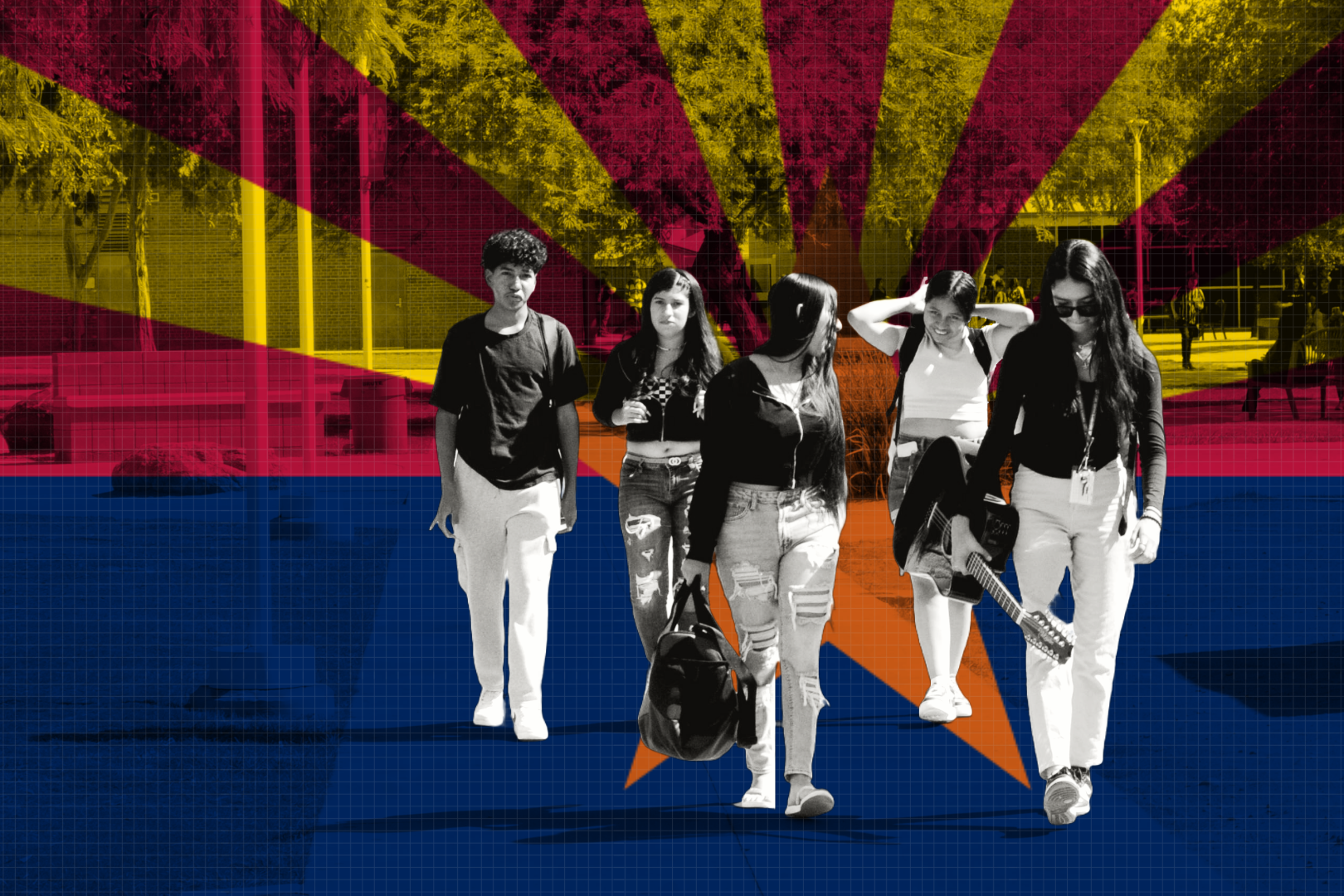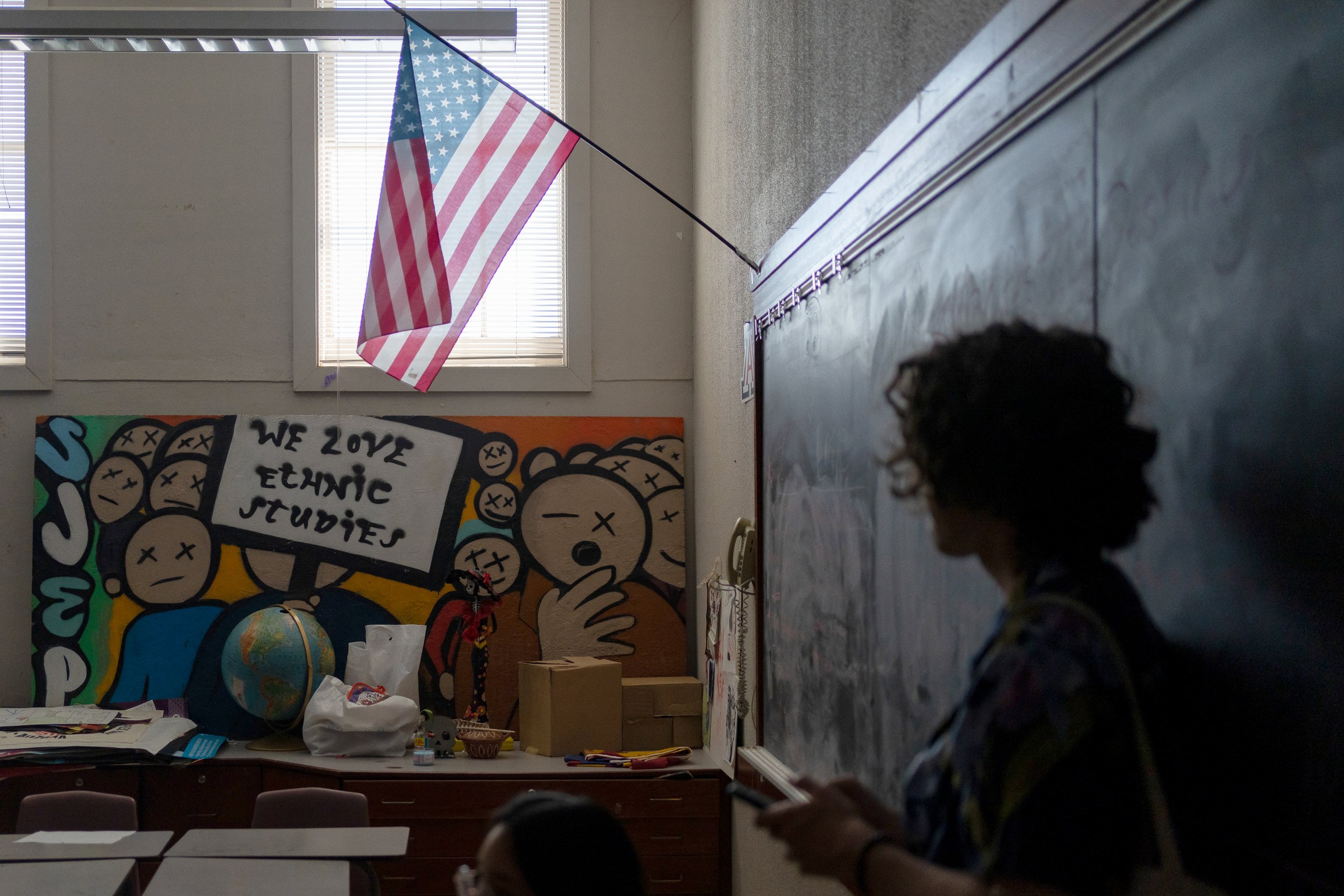From Marches to Silence: How Trump’s Policies Are Rewriting — Through Fear — the Lives of Latino Students in Arizona.
Read MoreEmiliano, a boy diagnosed with adhd, faces a system that doesn't know how to see him. While he deals with labels and barriers, his mother — a Guatemalan journalist and refugee in the United States — fights to pave the way for him, convinced that her son is not a problem to be fixed, but a beautiful mind that the world has not yet learned to understand.
Read MoreThe island’s education system is unusually reliant on the agency. The Biden administration made improving it a priority — now Puerto Ricans fear what comes next.
Read MoreThe nation’s most linguistically diverse state has a tortured history with bilingual education in public schools. The Education Department can’t — and the Legislature won’t — do what it takes to repair the damage.
Read MoreFlouting federal laws, schools routinely fail to provide qualified interpreters. Districts say they lack the resources ‘no matter how hard we try’.
Read MoreHow to stem the deadly tide? Latino communities mobilize amid a rise in fentanyl-related deaths.
Read MoreEducation is critical to recovery for migrant children still coping with the trauma of separation and detention at the border.
Read MoreThe Trump administration's “zero tolerance” policy separated migrant families and truncated the schooling of thousands of children. As they rebuild their lives, resilient youths must cope with persistent trauma.
Read MoreIn this Southern border state, where 45% of the student body is Latino, the battle for representation in key education positions takes a central role in the upcoming elections.
Read MoreAs the number of English Language learners increases across U.S. public schools, so does the need for multilingual educators, but what does it take to fill these critical classroom jobs?
Read MoreOlder Immigrant Students Say High School Admission Bettered Their Lives in U.S.
Read MoreWomen scholars open up about the challenges and possibilities of studying and teaching reggaetón in higher education.
Read MoreIn Russellville, Alabama, Superintendent Heath Grimes won national recognition for serving the city’s growing Hispanic student body. Then the district showed him the door.
Read MoreIn 35 states, students have a right to attend high school until at least age 20; a 74 investigation revealed a 19-year-old immigrant was repeatedly turned away.
Read MoreActivism, an emotional refuge for Arizona’s immigrant students.
Read MoreIn Lexington, Nebraska, where two-thirds of residents are Hispanic, hundreds of children lack access to high-quality child care from providers who can communicate with their parents. Something had to change.
Read MoreEducators, parents and policy-makers are grappling with a new understanding of what children actually need to become good readers. What is the impact on English Language Learners in classrooms across the U.S.?
Read MoreIn Arizona, a legacy of English-only education, systemic racism and xenophobic laws create a mental health crisis among Latino students.
Read MoreTeen girls across the U.S. are experiencing dramatic increases in depression and mental illness, but social media and the pandemic have compounded the challenges for Latinas and other girls of color. Culturally competent therapy, whole-child educational initiatives and community-based solutions can help.
Read MoreAmidst a national climate of restriction — with states outlawing critical race theory in schools and conservatives banning books — Arizonans are in a rematch with a politician striking fear in educators who teach identity and racism.
Read More



















